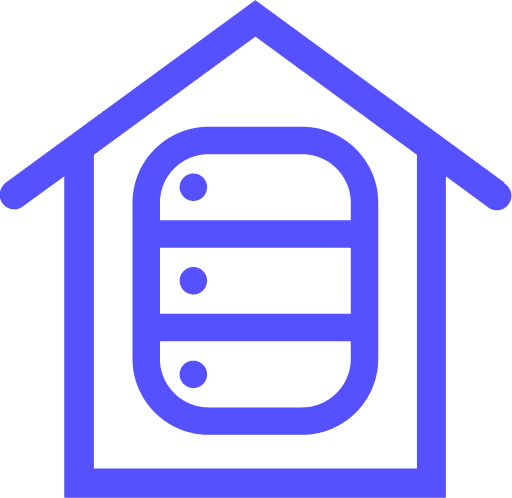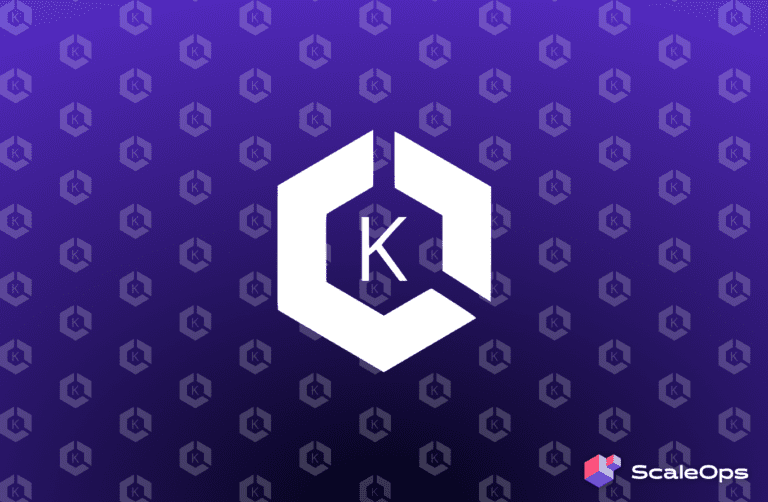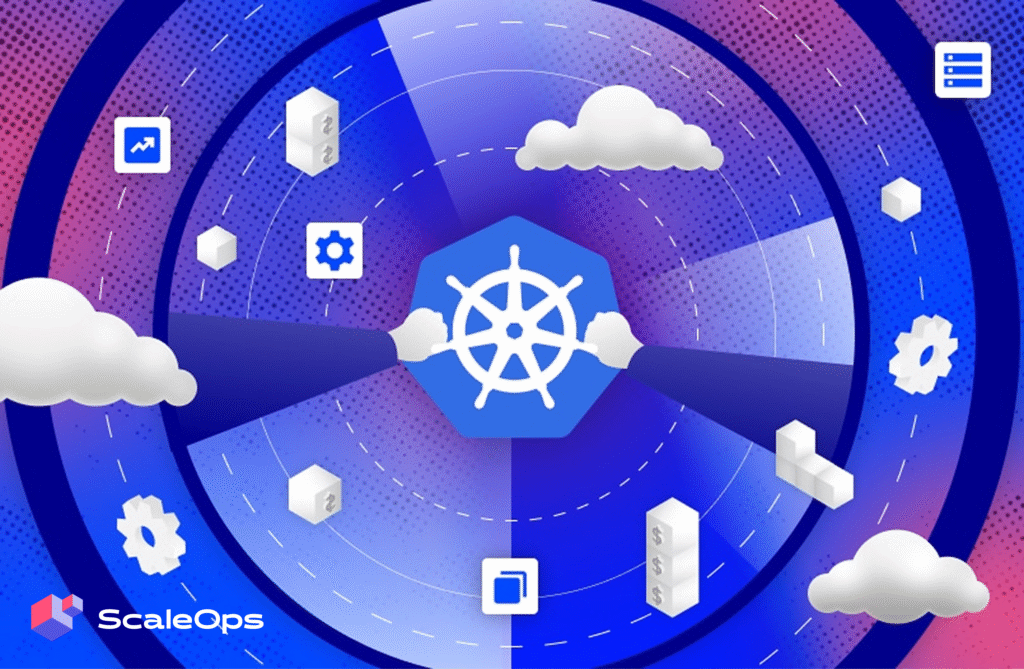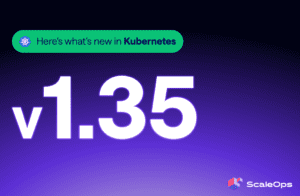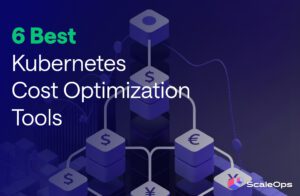Managing resources in Kubernetes is one of the most critical and complex challenges for platform and DevOps teams. Different tools that analyze resource consumption over time and provide recommended values for CPU and memory requests for pods have gained popularity in an effort to rightsize Kubernetes workloads. However, static recommendations leave a significant gap that can expose clusters to risks and inefficiencies. The manual application of these recommendations, coupled with the dynamic nature of workloads, means teams are constantly fighting an uphill battle to ensure resources are both adequately and efficiently allocated.
The Limitations of Static Recommendations
The idea behind tools providing resource recommendations is simple: analyze the historical resource usage of a pod and suggest appropriate values for CPU and memory requests. But real-world Kubernetes environments rarely stand still. Resource consumption is fluid and can fluctuate due to a variety of factors:
- Traffic spikes: Unexpected increases in workload traffic can rapidly change resource demand, potentially leading to resource starvation and causing service outages or degraded performance.
- Seasonal changes: Patterns like workday vs. off-hours or workweek vs. weekend can lead to varying resource needs.
- Codebase changes: Even minor updates to an application’s code can significantly alter its resource usage patterns. As microservices are usually internally connected, a single change to a single service can change cluster-wide load characteristics and resource usage patterns.
In such dynamic environments, relying on static resource recommendations becomes a bottleneck. Even though these tools provide insights into the resource requirements, the responsibility of applying these changes manually falls on the platform or DevOps teams. This introduces multiple challenges:
- Manual effort: Teams need to periodically review recommendations and adjust resource requests accordingly.
- Risk of resource starvation: If changes in workload resource usage occur rapidly, manually applying new recommendations could be too slow, leading to service interruptions and performance degradation.
- Risk of outages: Misaligned resources in a dynamic environment increase the risk of service outages, requiring teams to put in even more effort to recover and get back to normal operational state.
- Cross-team friction: In many organizations, DevOps teams manage the cluster resources, while engineering teams are responsible for the workloads. Getting engineers to act on these recommendations can introduce delays and tension, further complicating resource management.
The Need for Automated Container-Level Resource Management
In order to overcome the limitations of static recommendations, Kubernetes clusters need a platform that continuously automates resource requests based on real-time usage patterns, environmental factors, and contextual understanding of the particular workloads. This is where ScaleOps steps in, offering a dynamic, automated approach to rightsizing that addresses the shortcomings of static tools.
Here’s how an automated platform like ScaleOps closes the gap:
1. Continuous Monitoring and Automated Scaling
ScaleOps continuously monitors resource usage across the cluster in real-time. Instead of providing static recommendations, the platform dynamically adjusts CPU and memory requests, ensuring that each pod is allocated the right amount of resources based on its current usage.
This eliminates the need for manual intervention and ensures that workloads have the resources they need when they need them—whether it’s during a traffic surge or a slow period.
2. Zero Downtime Automation
One of the key concerns with automatic resource management is avoiding disruptions to running applications. ScaleOps performs all adjustments—whether scaling up or down—without causing any downtime to the underlying application. This is crucial in production environments, where service availability is paramount.
By leveraging sophisticated orchestration techniques, ScaleOps can ensure that applications continue running smoothly while the platform optimizes their resource requests in the background.
3. Context-Aware Resource Management
Not all workloads are created equal, and treating every pod the same can lead to severe cluster wide problems. ScaleOps recognizes that different workloads have different resource requirements. For instance, a MySQL database pod or a pod running a RabbitMQ broker requires careful resource allocation to maintain consistency and performance, while a stateless HTTP application might be more tolerant of fluctuations. ScaleOps adapts its strategies based on the specific nature of each workload.
This context awareness ensures that resource optimization is both efficient and tailored to the unique demands of each application.
4. Proactive Adaptation to Rapid Changes
Static recommendations, by their nature, cannot respond quickly enough to sudden changes in resource consumption. ScaleOps, on the other hand, actively monitors for changes in workload dynamics, such as sudden traffic spikes, and automatically allocates additional resources to prevent service degradation or outages.
When resource consumption drops, the platform intelligently reduces allocations to avoid over-provisioning, ensuring maximum efficiency without compromising performance.
5. Holistic Cluster Awareness and Auto-Healing
Effective resource management extends beyond simply responding to resource consumption metrics. ScaleOps is equipped with deep visibility into cluster-level events that impact resource needs. For instance, it monitors for issues such as OOM (Out of Memory) kills, node saturation, and bootstrapping problems. If a pod is struggling, ScaleOps not only adjusts its resource allocations but also initiates auto-healing measures to maintain service uptime and performance.
This holistic awareness, combined with automatic response mechanisms, ensures that even when things go wrong, your cluster remains stable and performant.
Automation: The Key to Effortless and Efficient Kubernetes Resource Management
While static recommendation tools like Kubecost, Stormforge, PerfectScale, and Goldilocks provide valuable insights, they fall short when dealing with the unpredictable and ever-changing nature of Kubernetes workloads. Manually applying recommendations creates an operational burden and risks downtime or resource starvation.
ScaleOps offers a robust platform that automates the entire resource management process. From real-time monitoring and context-aware scaling to proactive adaptation and auto-healing, ScaleOps ensures that your Kubernetes workloads are always running at peak efficiency—without the need for constant manual intervention.
Ready to optimize your Kubernetes workloads with zero downtime and maximum efficiency? Experience the future of resource management with ScaleOps. Try ScaleOps today!











